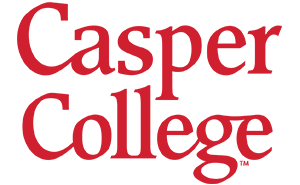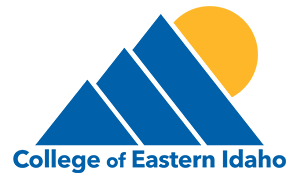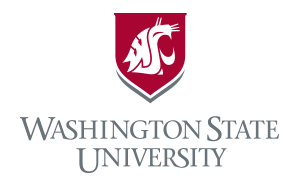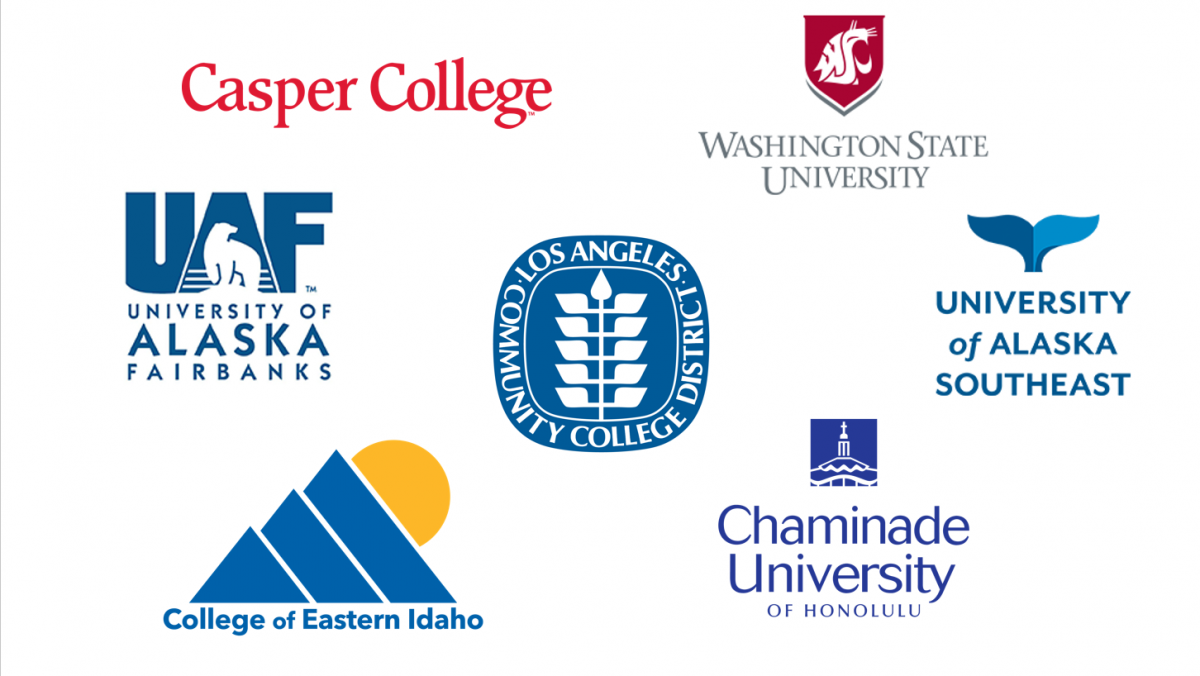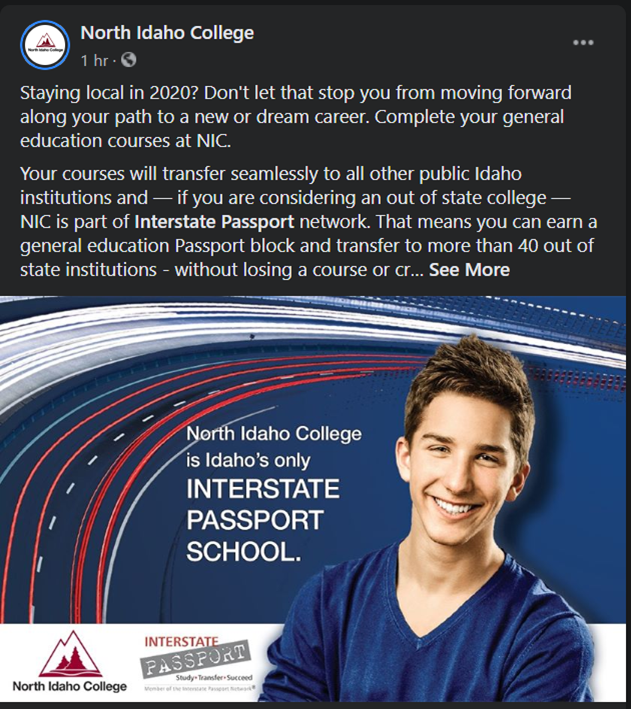1. Why so few students transfer from community colleges to four-year universities
By Jill Barshay, Hechinger Report, June 1, 2020
This article summarizes the results of research conducted in California on why so many students who begin college at community colleges do not transfer to four-year institutions – despite intentions to do so – or earn a bachelor’s degree. According to the National Student Clearinghouse, only 13 percent of two-year students who transfer achieve a bachelor’s degree six years later.
Researchers identified several factors that impede transfer to a four-year institution:
- Lack of money: many community college students are unaware of scholarship and financial aid programs at four-year institutions.
- Family and work obligations: community college students frequently are employed full- or part-time, and may have children to care for – circumstances that can interfere with class schedules and commutes.
- Bureaucracy and red tape: ensuring that transcripts and other documents are submitted on time should not be so challenging, Even so, students encountered problems such as proper application of AP credits and failure to submit a “partial transcript” of mid-year coursework – issues that students didn’t know about until their applications were denied.
- Advocacy and support: community college students benefit enormously from advisors or faculty members who support them in the transfer process, making them aware of deadlines and specific documents and requirements needed to transfer. The researchers found that many students were unaware of the need for such assistance.
- Math: researchers found that a high number of community college students intending to transfer were missing a college-level math class. Students may not have progressed from remedial math courses or might have suffered from “math anxiety“ about taking a college math course.
The research report from The RP Group, published in May 2020, is available here: “Students Speak Their Truth About Transfer: What They Need to Get Through the Gate”
Why Covid-19 Could Force Colleges to Fix Their Transfer Problems
By Katherine Mangan, Chronicle of Higher Education, May 22, 2020
A recent article in the Chronicle of Higher Education examines why community colleges and regional universities are expecting an influx of transfer students this fall as many students will not return to their out-of-state institutions due to the COVID-19 pandemic. Now schools have the chance to improve their policies and procedures to remove roadblocks to successful transfer. Most importantly, students need support and guidance on both sides of the transfer equation. Without personal and ongoing advising, students could lose credits and fall off track. Students need information on which credits will apply, which courses are major requirements, and deadlines – and they need to know who to contact for assistance. Institutions must put their best foot forward – working to keep their new students, and keeping the door open for students who transfer out but may come back in the future.
3. Supporting Transfer to Private Colleges
by Madeline St. Amour, Inside Higher Ed, June 11, 2020
Inside Higher Ed reviews a report from Ithaka S+R on how private institutions can and should streamline their transfer processes. This fall many students are expected to enroll in local community colleges instead of returning to four-year campuses. In the hopes of recruiting back some of those students, private institutions, which have low graduation rates for community college transfer students, would do well to insure that transfer processes are student-centered and transparent. Institutions may also consider collaborating with other schools on major-specific pathways and prerequisites.
4. Increasing the Transfer Inquiry Pool
National Association of College Admission Counseling, Journal of College Admission, Spring 2020
Often transfer students are overlooked as part of an institution’s entering class. They’re considered a “bonus,” not a recruitment target. In this article from NACAC, three admission leaders from Colorado share best practices for how admissions officers can capture transfer students and ensure their success.
Recommendations include:
- Identify target audience
- Allow students to easily opt into the transfer inquiry pool and easily reactivate their application
- Create guided pathways
- Collect data at every turn
- Engage in collaborative partnerships
- Continuously improve policies and practices.
5. While focus is on fall, students’ choices about college will have a far longer impact
By Jon Marcus, Hechinger Report, May 29, 2020
This article from The Hechinger Report offers an eye-opening assessment of the long-range ramifications of the COVID-19 pandemic for students across the nation. In recent surveys, high school graduates have indicated that they will delay their education, take time off, enroll in community college, or attend college part time. However, the impact of any of these choices over the long term can easily derail students’ plans and dreams for earning a college degree. And that outcome will ripple through the job market, business and industry, and the economic health of the country – and further widen the nation’s socioeconomic divide.
Students who delay entering college often never attend. Students switching to community college may add two years to their time to degree. Many students start at community college with intentions to transfer to a four-year institution, but only 13 percent of students achieve that goal. And studying part-time significantly lowers success rates. Institutions may see graduation and drop-out rates decrease.
__________________________
6. Why Some State Universities Are Seeing an Influx
By Anemona Hartocollis, The New York Times, June 22, 2020
Small and rural states have always faced losing their high school graduates – very often their best and brightest – to more prestigious out-of-state colleges and universities. The COVID-19 pandemic, however, has upended plans for thousands of students who may have expected to start college away from home. Now states that have long seen their top students lured away are seeing a competitive edge. This New York Times article focuses on West Virginia State University in Morgantown and the efforts by its president to recruit native students and encourage them to attend college and earn a degree in their home state. A number of institutions in other states as well are making efforts to recruit native high school graduates by offering scholarships, expedited application review and volunteer opportunities. In-state tuition is a great incentive as well.
